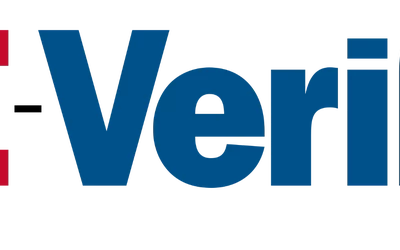Most businesses try to avoid anything controversial or political, and for good reason. In today’s polarized political climate, even the barest hint of offensive speech or actions can have repercussions, even accidentally. Whether your business is public-facing or not, a small argument, confrontation, or disruption can quickly spiral out of control.
We all have cameras in our pockets. Employees who attend marches and rallies can be identified and singled out by Internet detectives, and your business could be targeted as a result. A video of your staff treating someone less than professionally or saying something offensive on the clock or off may go viral, and the next thing you know, a mob of angry people shows up and grinds your business to a halt. If this kind of thing doesn’t keep you up at night, you haven’t been watching the news lately.
Disruptions and controversies can destroy your customer relationships and hurt your company’s image. If your business responds poorly, it can cost you the trust of your team and harm employee morale and engagement, too. So, how can we protect our businesses from the potential fallout from such events?
If a disruption occurs at your business with the potential to escalate, follow these six steps to best position yourself and your company to act appropriately:
- Prepare in advance—With help from your attorney, draft company guidelines for dealing with a disruption and ensure your managers know to follow them. Ideally, your loss prevention or security team will lead this work. This includes things like understanding who to notify as well as drafting simple “holding statements” for the media and others. Also, make sure your managers know and have marked your property lines and can secure schedules, lists, and other sensitive documents.
- Do not fight back—This is critical. Protests and arguments are emotionally charged by their very nature. During a disruption, company leaders may be provoked into becoming the next YouTube sensation. Who wouldn’t want to defend their own workplace? Unfortunately, that’s a dangerous role to try playing in a heated moment. Leaders must learn to remain calm and resist the urge to debate or fight back during a workplace disruption. If you believe that a worker is violating company policy, you will want to document that fact, but discipline can wait. Focus instead on maintaining security and control of your workplace. Ride the storm out and don’t let anyone say or do anything that could get you into trouble.
- Go into lockdown mode—A leader’s job is to ensure that all employees, customers, and even disruptors remain safe, while at the same time protecting company property. This means your personnel must be prepared to limit access to secure areas of the business, like the back office, computers, and private workstations. Have a plan ready when and how to engage law enforcement. Because these situations can get out of hand quickly, this must be a coordinated team effort. No one can do it alone.
- Restore normalcy—Once the disruptors leave—either on their own or, if things get nasty, with an escort from law enforcement—and the building is secure, it is important to restore things as best you can to a normal state. Employees and customers will often be rattled. Let them know what you’re doing to get things back to business as usual. Remain calm and in control. During this phase, you also want to sweep the area looking for any damage, leaflets, graffiti, or other problems.
- Make a report—Once things are back to normal, document everything that happened in detail. Get copies of any literature that the disruptors distributed. Be careful about shooting video of co-workers (check with your company and labor attorney about your policies here), especially if the protest relates to a union-related issue, because that can be considered unlawful surveillance.
- Reach out—The most often overlooked part of this process is to engage with employees and customers after the disruption. Reassure them and continue to remain calm and in control. Let them share any concerns and apologize for any inconvenience. Let them know how important they are to the organization and use this shared experience as a way to increase your bond.
Workplace disruptions are no fun. They are stressful and emotionally charged by their very nature. The most important thing to do when a disruption occurs is to focus on protecting your business’ valuable assets—including its reputation—and to avoid doing anything to make the situation worse. The only way for a business to “win” a disruption is to act professionally and courteously. Remember, you’re being watched. You’re probably being filmed. Make sure your team’s actions paint your business in the best light possible under the circumstances.









